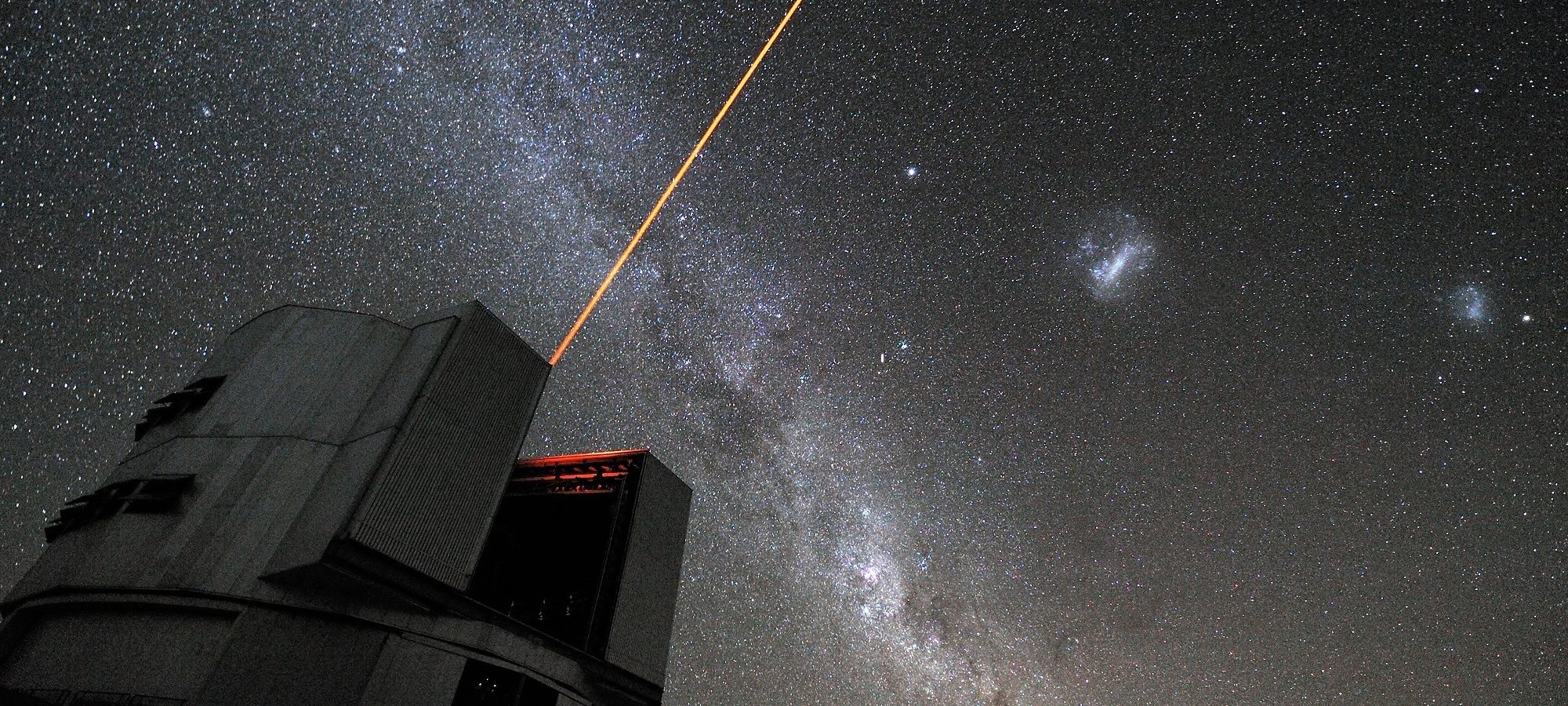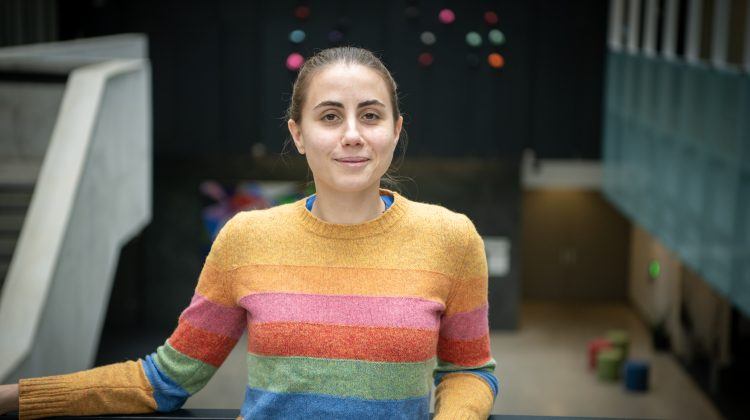New discovery proves black hole predictions made 13 years earlier
Avery Broderick and Avi Loeb published papers in 2005 and 2006 predicting the the behaviour of “hotspots” around black holes. The GRAVITY experiment just watched those predictions play out at the centre of our galaxy.


























































































